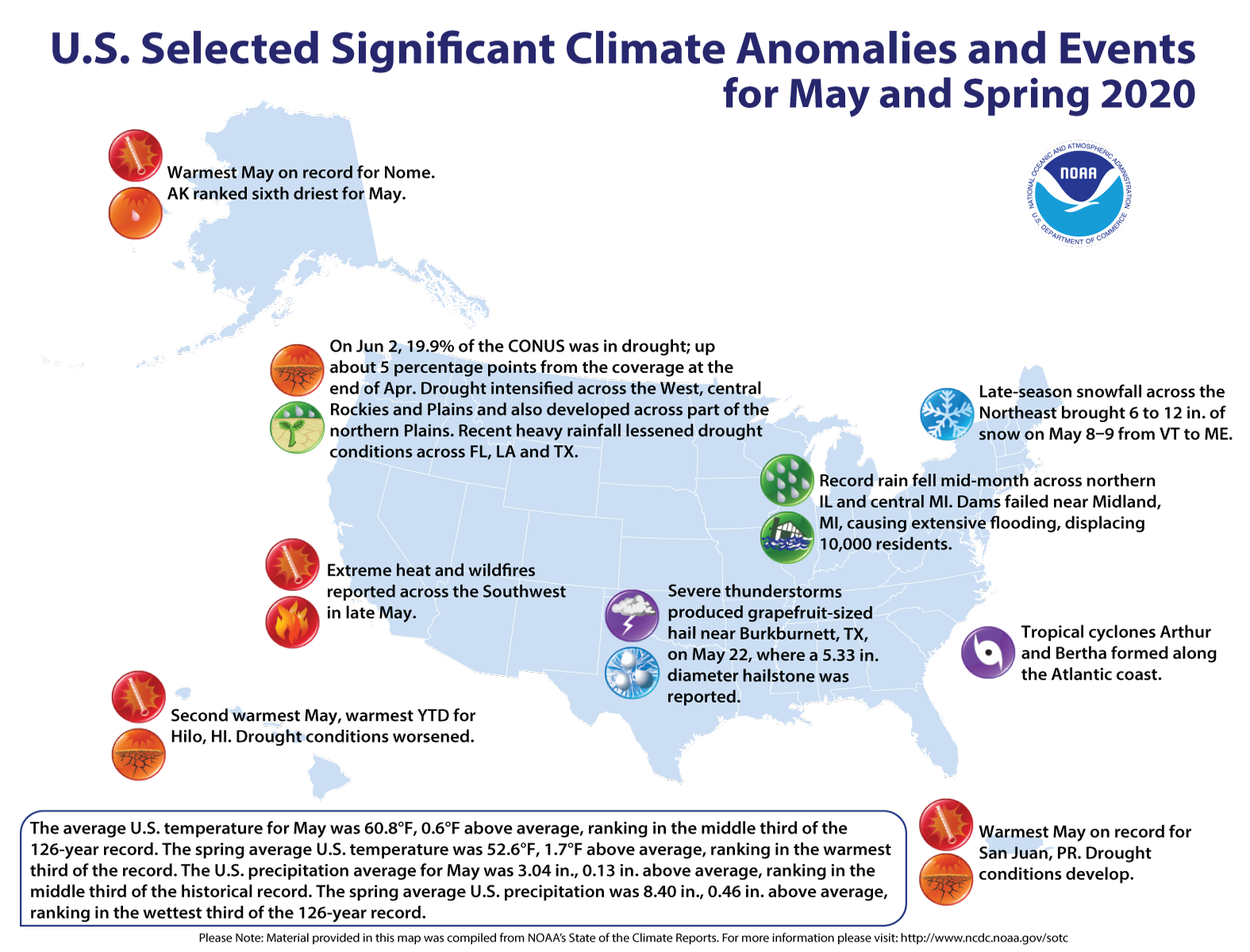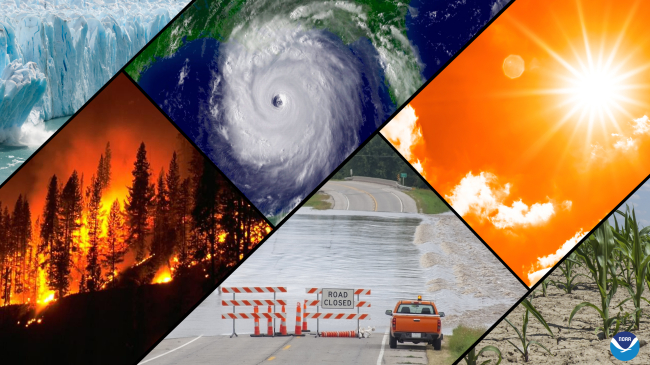Heavy rainfall led to record flooding in parts of the nation

Michigan’s Bay Region sustained an unprecedented flooding event beginning May 19, 2020, following several days of heavy rain and multiple dam failures. At its peak, more than 20 state trunkline and local bridges were impacted by flooding, resulting in immediate closures to protect the motoring public. More than 10,000 households were evacuated in Midland County over a 24-hour period. Between May 19 and 26, five Michigan counties were declared to be a state of emergency (Midland, Gladwin, Saginaw, Arenac, and Iosco). May 2020 image of a section of highway washed out in the area of Edenville, Michigan. (Image credit: Michigan Dept of Transportation/MDOT Photography Unit)





